Summer Surprises: Common Bugs You Can Actually Catch
Summer feels like freedom—sun-drenched days, spontaneous road trips, beach picnics, and late-night swims. But while you're soaking up the season, your immune system may be under silent attack. Behind the sunscreen and sangria, summer brings a lineup of sneaky illnesses that thrive in heat, humidity, and high-contact fun. Think beyond sunburns and seasonal sniffles—these are infections, viruses, and conditions you didn’t see coming, triggered by everything from communal pools and insect bites to food left out just a little too long. That’s why we’ve expanded our guide to 19 Common Summer Illnesses You Might Not Know How Easily You Could Catch. From heat-loving fungi to fast-spreading stomach bugs, we’re breaking down what they are, how they spread, and what you can do to avoid them—without giving up the fun. Because the best summer memories start with staying well enough to make them. Know the risks. Outsmart the season.
1. Heatstroke & Heat Exhaustion: The Body's Overheat Crisis

Beyond mere discomfort, heatstroke is a severe medical emergency where the body's core temperature rises dangerously, often exceeding 104°F (40°C), leading to organ damage. It’s distinct from heat exhaustion, which manifests as heavy sweating, nausea, and dizziness. The insidious ingenuity lies in its progression: symptoms can appear subtly, mimicking fatigue before rapidly escalating to confusion, seizures, or loss of consciousness. Immediate cooling and hydration are critical, highlighting that prevention through proper fluid intake and avoiding peak sun is paramount to avert a life-threatening internal crisis.
2. Food Poisoning: The Summer Picnic Peril

Summer BBQs and picnics are notorious breeding grounds for foodborne illnesses. Bacteria like Salmonella and E. coli thrive in warmer temperatures, rapidly multiplying in unrefrigerated dishes like potato salad, grilled meats, or unwashed produce. The ingenious danger lies in cross-contamination, where raw meat juices contaminate cooked food, or hands transfer bacteria. Symptoms like intense cramps, vomiting, and diarrhea often strike hours after exposure. Vigilant food safety—proper cooking temperatures, diligent refrigeration, and meticulous handwashing—is your best defense against this seasonal gastronomic gamble.
3. Dehydration: The Silent Energy Drainer

While thirst is an obvious cue, dehydration often begins silently, subtly draining energy and impairing cognitive function long before you feel parched. Summer heat accelerates fluid loss, making this insidious illness a common culprit for fatigue, headaches, and dizziness. The ingenious aspect is recognizing its non-obvious signs: dark urine, dry mouth, muscle cramps, or even irritability can signal insufficient hydration. Proactive and consistent water intake, especially before and during outdoor activities, is key to maintaining vital electrolyte balance and preventing heat-related illness.
4. Swimmer's Ear (Otitis Externa): The Poolside Pain

Swimmer's ear isn't just about water in the ear; it's an ingenious bacterial infection thriving in a moist, compromised ear canal. Prolonged exposure to water (from swimming, humidity) can wash away protective earwax and alter the ear's pH, creating an ideal breeding ground for bacteria or fungi. This leads to excruciating pain, itching, redness, and sometimes discharge. The cunning part is that even dirty pool water can be a vector. Prevention involves thoroughly drying ears after swimming, using earplugs, or specific preventive ear drops, ensuring your water adventures don't end in agony.
5. Athlete's Foot (Tinea Pedis): The Locker Room Lurker

Often thought of as a winter problem, Athlete's Foot thrives in summer's damp, warm conditions found in public pools, locker rooms, and sweaty shoes. This fungal infection (tinea pedis) cunningly spreads in shared, moist environments, causing itchy, burning, flaky skin between the toes or on the soles. The insidious part is its persistence and contagiousness. Prevention is key: always wear flip-flops in communal wet areas, keep feet dry, change socks frequently, and choose breathable footwear, ensuring your summer activities don't lead to stubborn fungal woes.
6. West Nile Virus: The Mosquito's Hidden Threat

Beyond itchy bites, mosquitoes in summer can transmit West Nile Virus, a startling illness with often subtle or non-existent symptoms. While most infected individuals remain asymptomatic, some develop fever, body aches, joint pain, or a rash. The insidious danger lies in severe cases, which can lead to neuroinvasive disease (encephalitis or meningitis), causing brain inflammation, paralysis, or even death. Prevention is ingenious: eliminate standing water, use effective repellents, and wear protective clothing during dusk and dawn, actively breaking the transmission cycle.
7. Lyme Disease: The Tick's Stealthy Payload
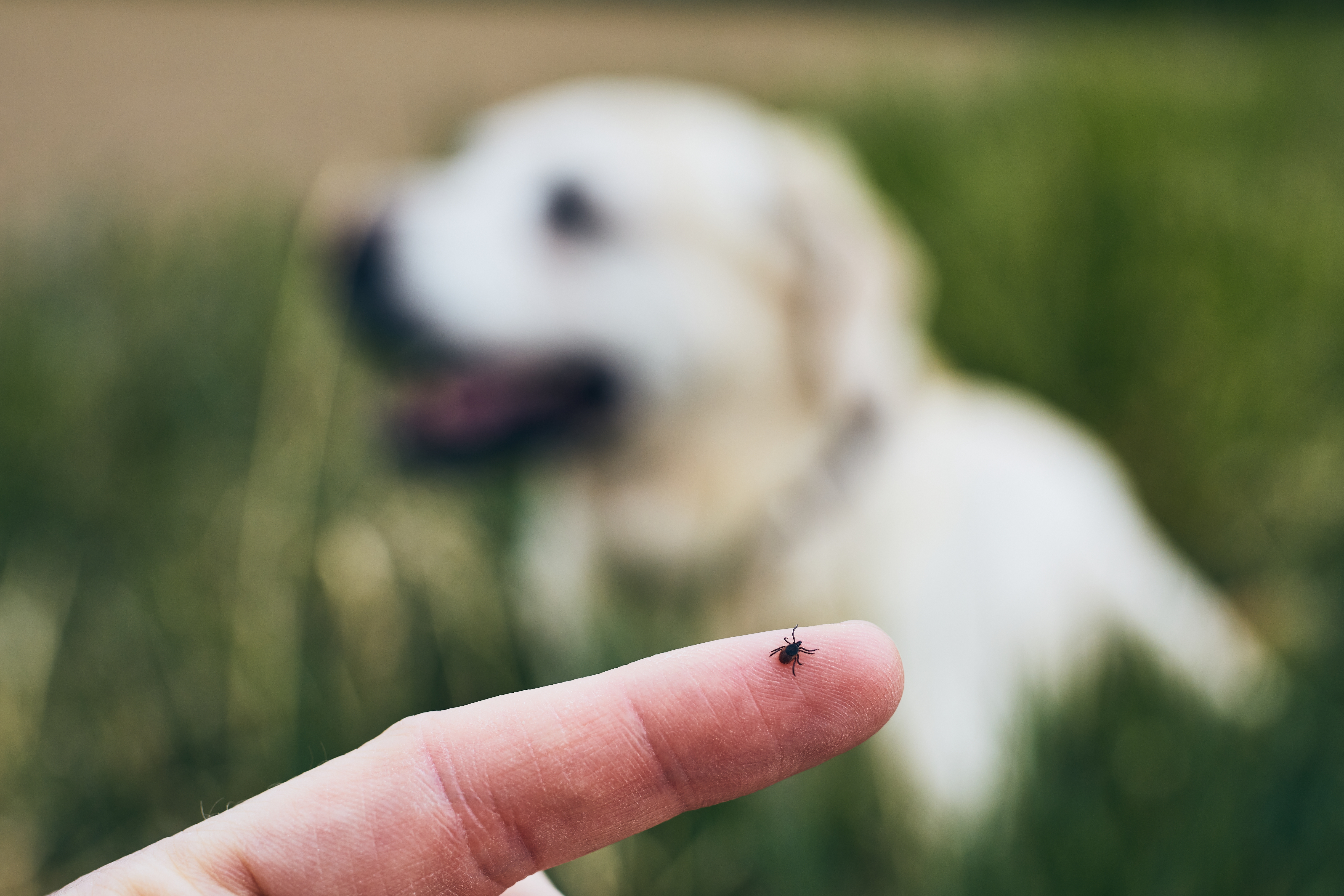
Summer hikes and outdoor adventures increase exposure to ticks, the vectors for Lyme disease. This bacterial infection is notoriously tricky because its initial "bull's-eye" rash isn't always present, and early flu-like symptoms are easily dismissed. The ingenious danger lies in its insidious progression: untreated Lyme can lead to severe joint pain, neurological issues, cardiac problems, and chronic fatigue. Vigilant tick checks after outdoor exposure, prompt and proper removal, and early antibiotic treatment are critical to prevent this silent, long-term summer adversary.
8. Poison Ivy/Oak/Sumac Rash: The Unseen Allergen

The notorious summer rash isn't just from direct plant contact. The ingenious trick of poison ivy, oak, and sumac lies in their oily resin, urushiol, which readily transfers to clothing, pets, and tools, causing delayed allergic reactions. You might break out days after exposure, seemingly out of nowhere. The rash is intensely itchy, red, and blistering, sometimes requiring medical steroids. Thoroughly washing skin, clothes, and any exposed items immediately after potential contact is crucial to prevent this pervasive and maddeningly itchy summer scourge.
9. Conjunctivitis (Pink Eye): The Poolside Spreader

Pink eye, or conjunctivitis, becomes a common summer nuisance due to increased swimming and close contact in camps. Its insidious spread is facilitated by contaminated pool water, shared towels, or unwashed hands. The ingenious deception is its symptoms—redness, itchiness, discharge—which mimic allergies, but this is a highly contagious inflammation of the eye's lining. Viral forms often accompany colds, while bacterial types can be more severe. Vigilant hand hygiene, avoiding eye rubbing, and not sharing personal items are key to preventing this rapid-fire summer eye infection.
10. Norovirus/Viral Gastroenteritis: The Summer Stomach Bug

Often associated with cruises, Norovirus and other viral gastroenteritis bugs thrive in summer gatherings like family reunions and camp settings. These highly contagious viruses cunningly spread through contaminated food or water, or direct contact, causing rapid-onset vomiting, diarrhea, and abdominal cramps. The insidious genius lies in their low infectious dose and ability to survive on surfaces for days. Meticulous handwashing (especially after restroom use), careful food preparation, and prompt isolation of sick individuals are your primary defenses against this pervasive summer stomach scourge.
11. Folliculitis ("Hot Tub Rash"): The Bathers' Itch

Folliculitis, often called "hot tub rash," is an ingenious bacterial infection of hair follicles, typically caused by Pseudomonas aeruginosa. This bacterium thrives in warm, poorly maintained water, like hot tubs or unchlorinated pools. Symptoms include itchy red bumps or pus-filled pimples appearing a few hours to a few days after exposure, usually in areas covered by a swimsuit. The cunning part is its link to inadequate sanitation. Choosing well-maintained facilities and showering immediately after water exposure are vital to prevent this unwelcome post-swim souvenir.
12. Hand, Foot, and Mouth Disease (HFMD): The Summer Daycare Deluge

Often peaking in summer and early autumn, Hand, Foot, and Mouth Disease is a highly contagious viral illness particularly common in young children and daycares. It spreads ingeniously through respiratory droplets, direct contact with blister fluid, or contaminated surfaces. Symptoms include fever, sore throat, and characteristic painful blisters in the mouth, on the hands, and feet. While usually mild, it can be uncomfortable. Strict hand hygiene, disinfecting common surfaces, and isolating sick individuals are crucial to contain this easily transmissible summer viral tide.
13. Impetigo: The Contagious Skin Invader

Impetigo is a highly contagious bacterial skin infection, often caused by staphylococcus or streptococcus bacteria, which thrives in warm, humid summer conditions and can easily spread through close contact sports or shared items. It cunningly manifests as red sores, often around the nose and mouth, that quickly burst and form honey-colored crusts. The insidious nature is its rapid spread to other body parts or individuals through scratching. Prompt hygiene, avoiding shared towels, and immediate antibiotic treatment are key to halting this easily transmissible summer skin condition.
14. Giardiasis: The Waterborne Hidden Hazard

Giardiasis is a microscopic parasite-borne illness that becomes a summer concern from contaminated swimming pools, lakes, and untreated drinking water. The Giardia parasite is ingeniously resistant to chlorine, making it a persistent threat in recreational waters. Symptoms include chronic diarrhea, abdominal cramps, bloating, and weight loss. The insidious aspect is its potential for prolonged symptoms and easy transmission. Practicing meticulous hand hygiene, avoiding swallowing pool water, and ensuring water sources are safe are critical steps against this common summer waterborne illness.
15. Polymorphic Light Eruption (Sun Allergy): The UV Backstabber
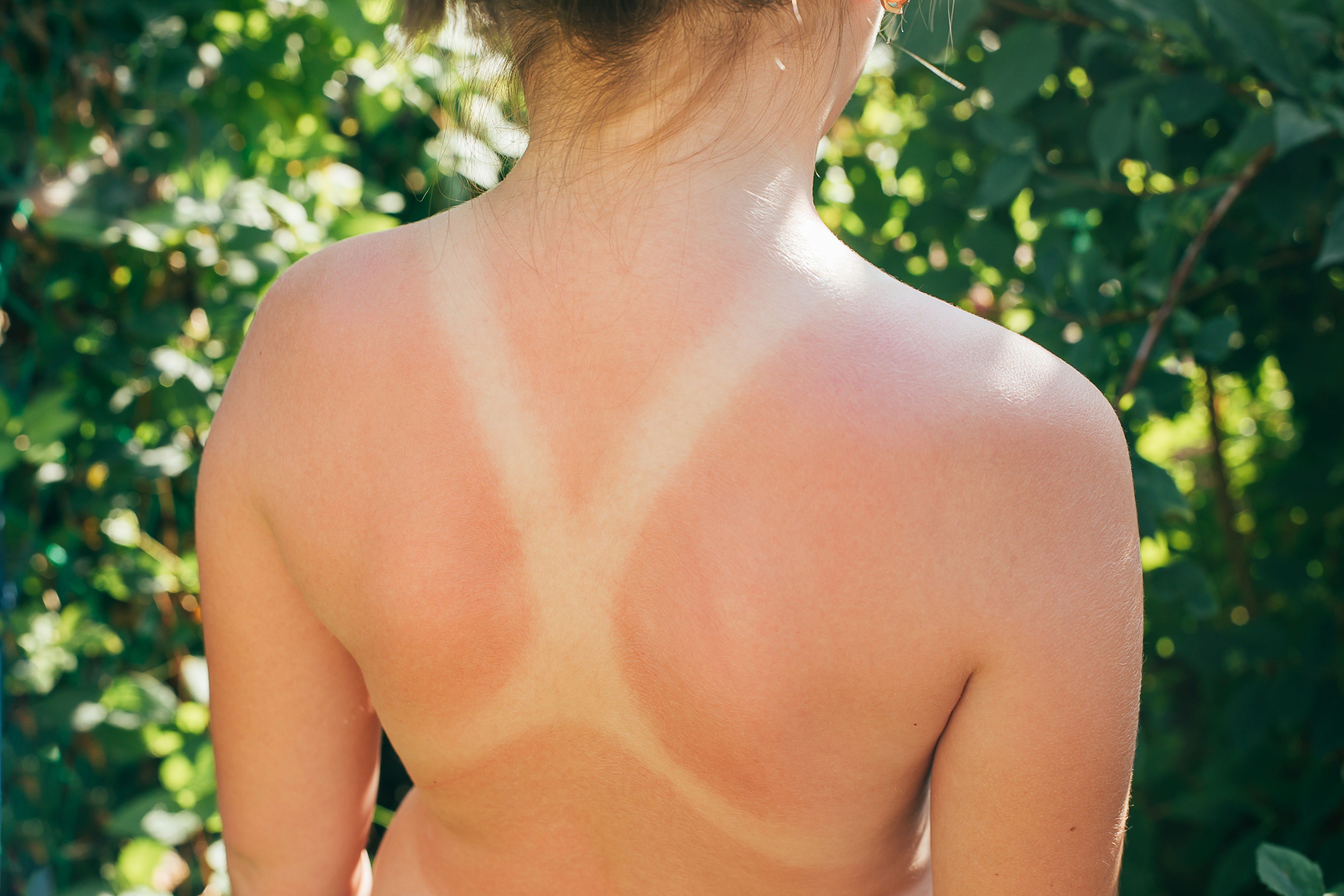
Not all sunburns are created equal. Polymorphic Light Eruption (PMLE) is a lesser-known summer villain—a delayed allergic reaction to UV exposure. Within hours or days of sun exposure, itchy red bumps or blisters can erupt, often on sun-deprived areas like the chest or arms. The insidious part? You might mistake it for heat rash or bug bites. Though not dangerous, it can be uncomfortable and recurring. Prevention includes gradual sun exposure, protective clothing, and high-SPF sunscreen. If you break out after every beach day, it might not be bad luck—it could be your immune system misreading the sun.
16. Seasonal Styes: The Sweaty Eyelid Intruder
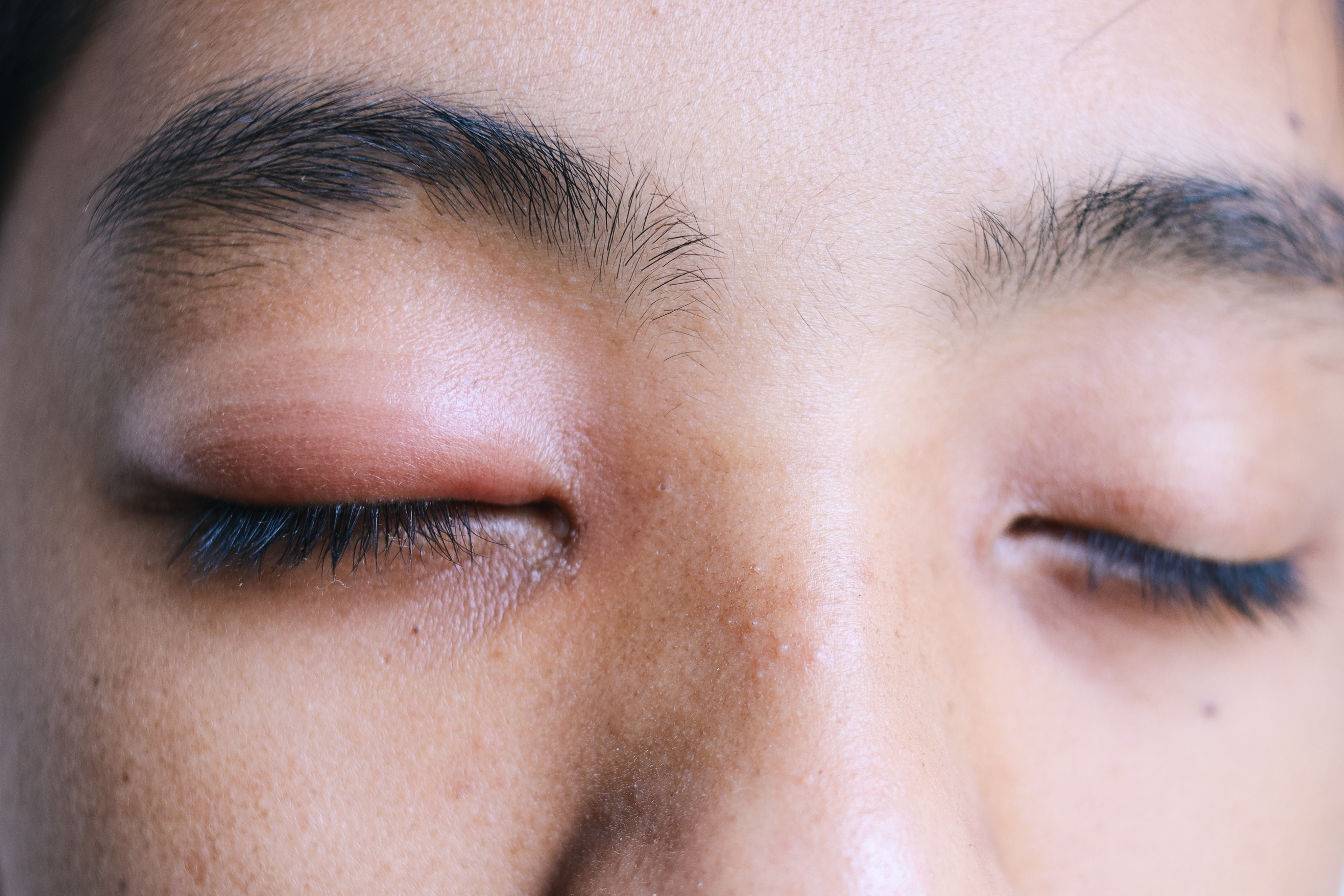
That painful red bump on your eyelid during summer? Likely a stye, caused by a blocked oil gland aggravated by heat, sweat, and bacteria. Styes are tiny but mighty irritants—creating swelling, tenderness, and watery eyes that can ruin your day at the pool or beach. They often sneak in due to poor hygiene, rubbing eyes with unwashed hands, or not cleaning sunglasses. The genius prevention? Wash your face regularly, avoid touching your eyes, and clean contact lenses and eye makeup tools frequently. Summer’s extra sweat makes this small infection surprisingly common—don’t let it cloud your view.
17. Eczema Flare-Ups: The Heat-Triggered Itchfest
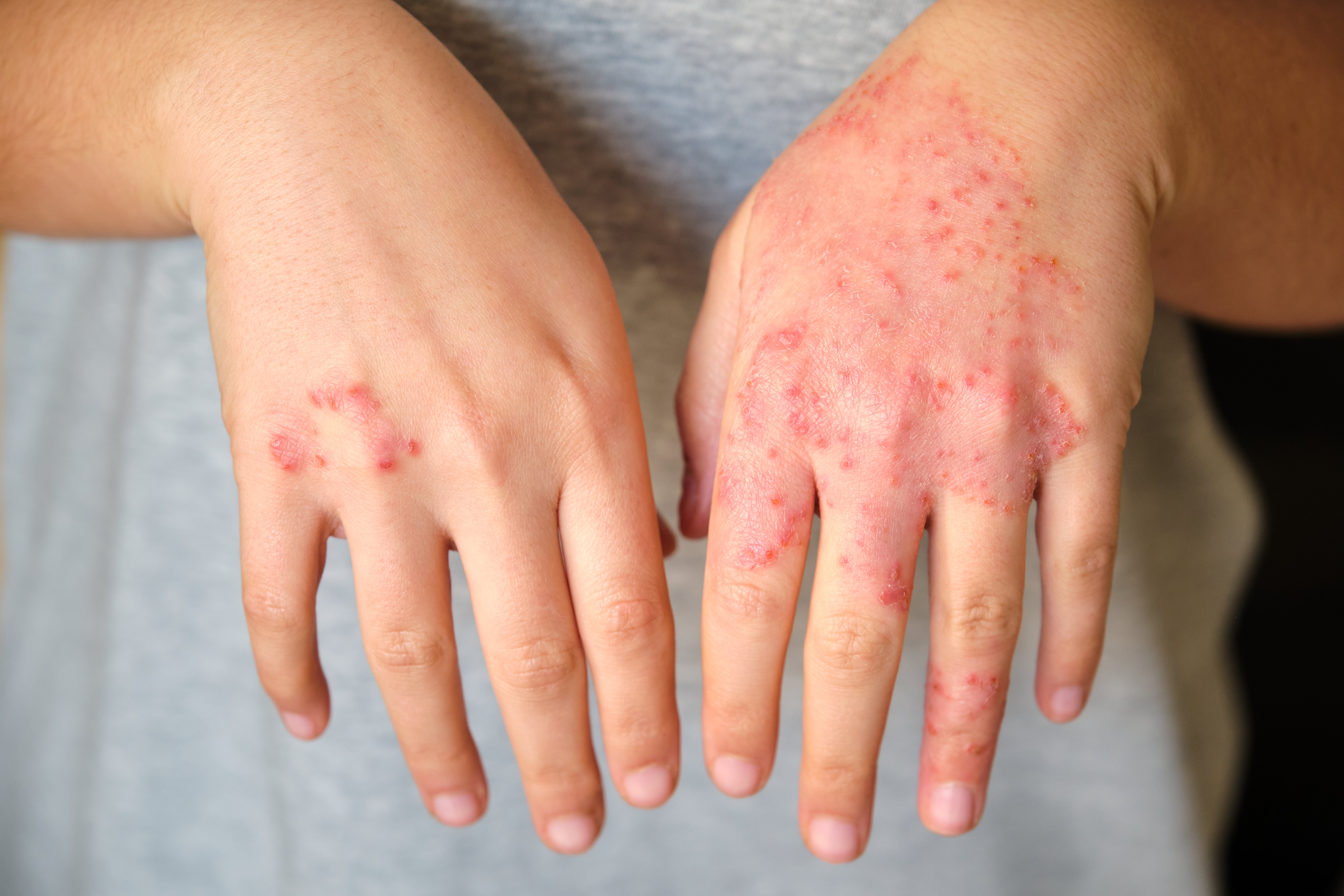
While eczema is a year-round condition, summer can be a major trigger thanks to sweat, heat, chlorine, and sun exposure. The skin becomes dry, itchy, red, and inflamed—especially in creases like elbows and behind the knees. The sneaky culprit? Sweat dries on the skin, leaving salt that irritates eczema-prone areas. Add sunscreen chemicals or rough beach towels, and you’ve got a perfect storm. Stick to fragrance-free moisturizers, rinse off after sweating or swimming, and wear breathable fabrics. If your summer glow is overshadowed by itchy patches, it might not be sunburn—it could be eczema calling for backup.
18. Rhabdomyolysis: The Fitness Heat Trap
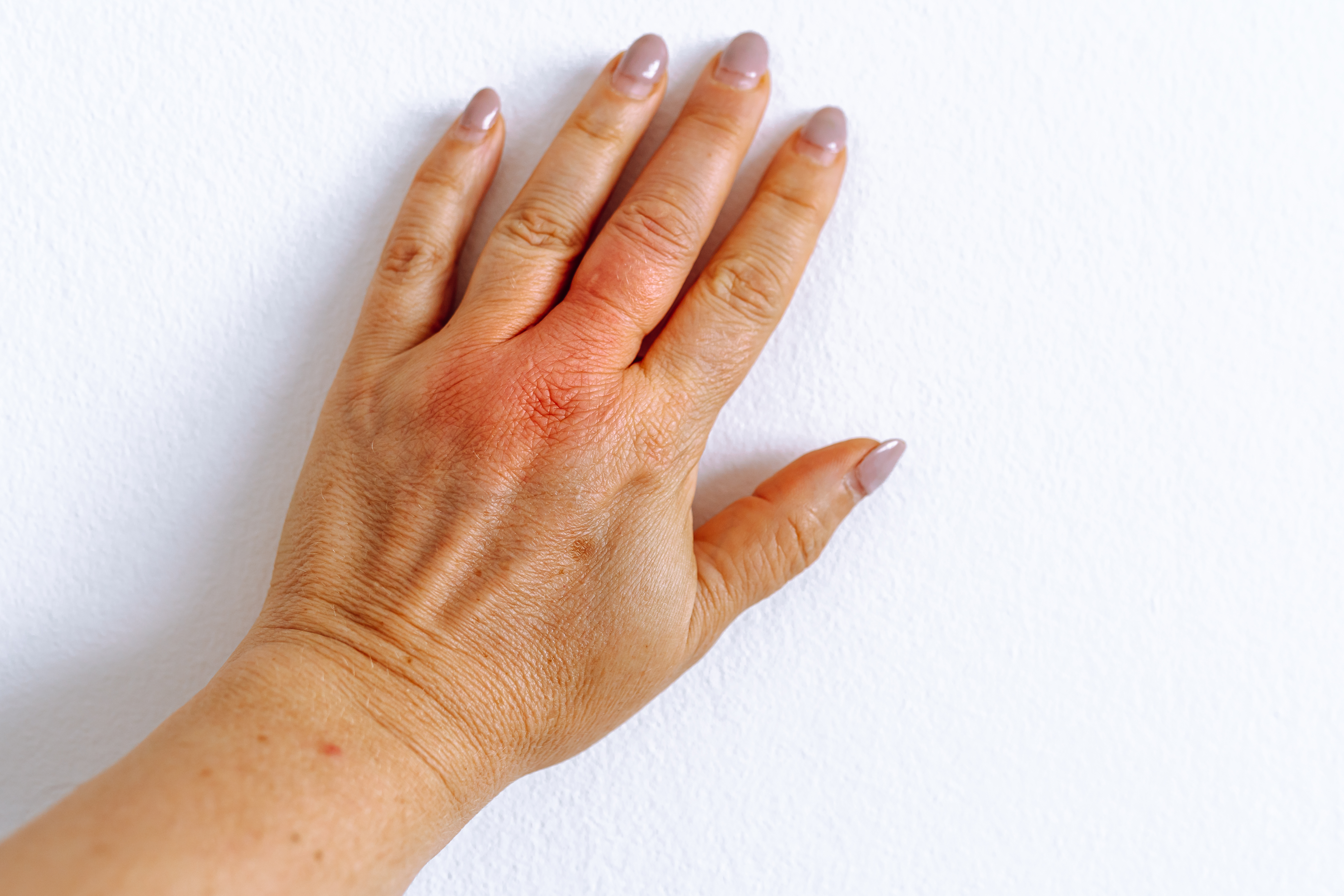
Pushing your limits in summer heat can backfire—sometimes catastrophically. Rhabdomyolysis is a serious condition where intense exertion in high temperatures causes muscle fibers to break down and release toxins into the bloodstream, damaging the kidneys. Symptoms include severe muscle pain, weakness, swelling, and cola-colored urine. It can be life-threatening if untreated. This isn’t just a risk for athletes—anyone exercising in extreme heat without hydration or rest is vulnerable. The insidious part? You might think you're just sore from a workout. When in doubt, hydrate, cool down, and listen to your body—summer gains shouldn’t come at a dangerous cost.
19. Blastomycosis: The Trail Dust Threat

Blastomycosis is a lesser-known but serious fungal infection you can inhale while hiking or gardening in summer. It’s caused by Blastomyces, a fungus that lives in moist soil and decaying wood—especially near lakes and rivers in parts of North America. When disturbed by digging, construction, or even a dry trail, spores can become airborne. The infection mimics the flu with cough, fever, and fatigue, but can escalate to pneumonia or spread to skin and bones if left untreated. Protective masks while digging, and awareness during outdoor activities, are your best defense against this hidden summer hazard.
Don’t Let Summer Catch You Off Guard

Summer may feel carefree, but your health still needs a game plan. From poolside parasites to heat-fueled infections, many warm-weather illnesses slip under the radar until it’s too late. That’s what makes them so dangerous—they thrive in the very places we go to relax, recharge, and reconnect. The good news? Awareness is your strongest sunscreen. By recognizing the symptoms, understanding how these illnesses spread, and taking small, preventative steps, you can dodge the worst while still enjoying the best of the season. Whether it’s packing bug spray, staying hydrated, or being smart about shared spaces, every precaution helps keep your summer memories bright and your body resilient. So go ahead—swim, hike, travel, dance in the heat. Just do it with your eyes open and your health in mind. Because the smartest summer is one where fun and protection go hand in hand. Stay sharp. Stay safe. And keep summer on your terms.